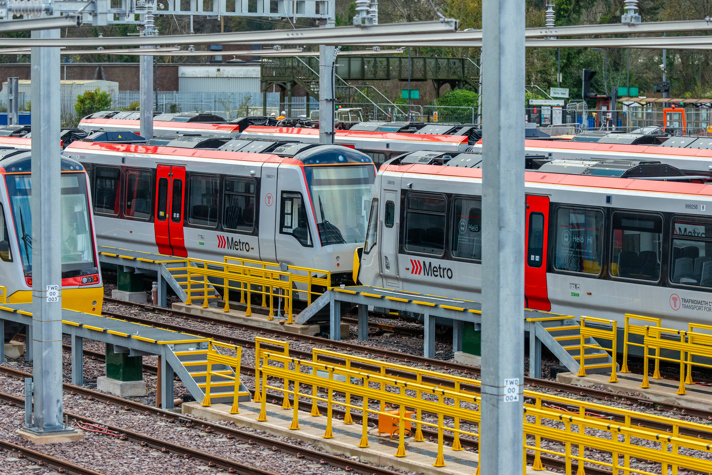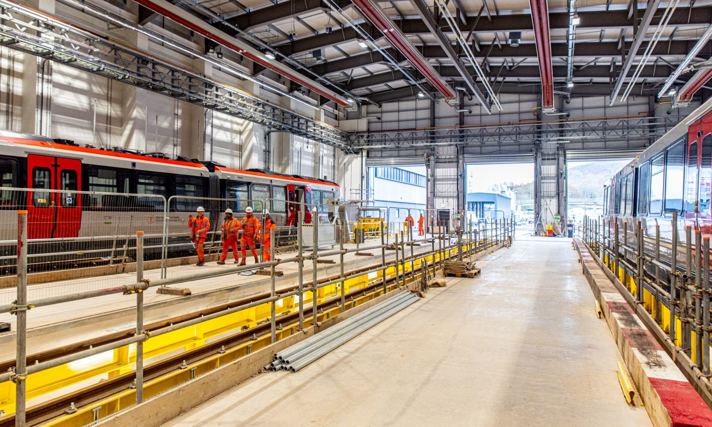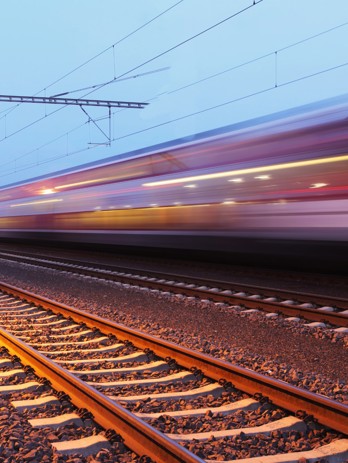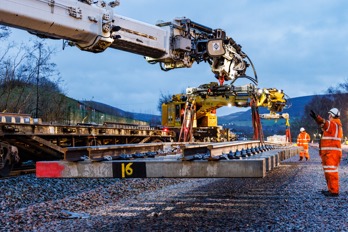Imagine a world where trains glide seamlessly over tracks, powered by cutting-edge battery technology that not only cuts costs but also champions the environment. Welcome to the Core Valley Lines (CVL) in Wales, where we took on the monumental task of transforming CVL from an ageing network into a modern, electrified metro-style service. As an end-to-end infrastructure provider, manager, and operator, we designed an innovative solution, are delivering it on the ground, and continue to manage and operate both new and existing assets daily.
At a glance
- Fast, frequent service: Four trains an hour providing a service with up to 15% faster journey times
- Innovative engineering: Pioneering a novel ‘smart electrification’ solution in the UK
- Cost savings: Over £100 million savings by avoiding costly civil works
- Net Zero hero: Saving tonnes of carbon, paving the way for sustainable rail
- Social value: Creating hundreds of new jobs and connecting over 1.5 million people
Key metrics
-
£1,000m+
invested
-
1.5m+
people connected
-
170km+
of track electrified
From the beginning, this has been more than an infrastructure project; it is a catalyst for transforming the economic and social prospects of South East Wales. The outcome for communities is new, clean, reliable transport from the Welsh valleys into the capital - revitalising the economy, providing sustainable travel and extraordinary opportunities for the people of South Wales.






